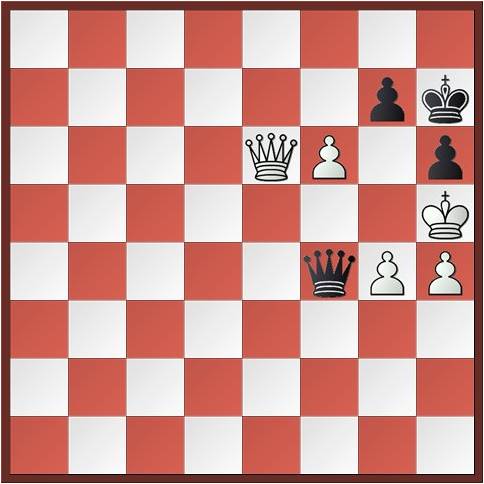5 Mate in 5 Chess Compositions
This time we want to present 5 chess compositions in which you need to find mate in 5. It’s a little bit more difficult than mate in 3, but much easier than mate in 12 as we have seen earlier. When solving these compositions, make sure to first study the position and only then move pieces on the board.
Our goal is to visualize the whole variation before touching any pieces. Only then you should play the moves on the board. That approach maybe more difficult for some players. Trust me, it will lead to quick tactics improvements and more won games in future.
Instructions: In each of these positions White to Move and Mate in 5
Composition 1: S. Loyd, 1857

Composition 2: A. Galitskiy, 1898

Composition 3: A. Galitskiy, 1907

Composition 4: O. Tabidze, 1967

Composition 5: A. Galitskiy, 1894

If you want to solve more chess compositions I suggest checking out these:
- 3 Most Unusual Chess Compositions Ever Made
- Top 5 Classic Three-Movers Everyone Should Solve
- 7 Hardest Chess Compositions You Ever Saw [mate in 2]
- Middlegame Tactics: 7 Problems to Solve and Time Yourself
Don’t forget to post your solution in the comment field below!










Comments: